Sustainability has become a fundamental aspect of every business strategy across industries, and this has ignited growing interest in the leasing industry for the circular economy model because of the significant opportunities it brings for more responsible asset management. Moving to a circular economy does not happen overnight; it is a very gradual strategic process.
This blog is the start of a series aiming to communicate findings on the circular economy, with an aim to review:
•How Leasing & Asset Finance as an industry can contribute to and benefit from it;
•What Asset Finance companies can strategise from a process and technology perspective to gain a circular advantage.
In this specific blog, we will look at:
•What is the “Circular Economy” and how does it compare to current state?
•What are the drivers for the shift to a circular economy?
Before we go any further, let’s answer the most important question.
Why do I have to know about the “Circular” economy?
“All resources on our planet are available to all and forever.”
The above, a widely-held (and incorrect) opinion, is the framework of growth under the current linear economy. We see the effects of this in our everyday lives through harmful effects on our planet such as climate change. It is in the interests of individuals as well as businesses to protect our planet against this unsustainable framework, and the circular economy is an alternative to a linear economy not just from eliminating resource constraints but also because it enables growth that’s much more significant due to its sustainability.
What is the “Circular Economy”?
A circular economy is an alternative to a traditional linear economy (“Make” -> “Use” -> “Dispose”) in which we keep resources in use for as long as possible, extract the maximum value from them while in use, then recover and regenerate products and materials at the end of each service life.
However the circular economy is not only about re-use and recycling, and does not only look at purely the negative aspects of the linear economy; it is much more systemic, and works on a design-led principle which is restorative and regenerative, closing the loop between raw materials and after-economic life.
The below diagram compares the Linear, Re-use and Circular economies as a life-cycle.
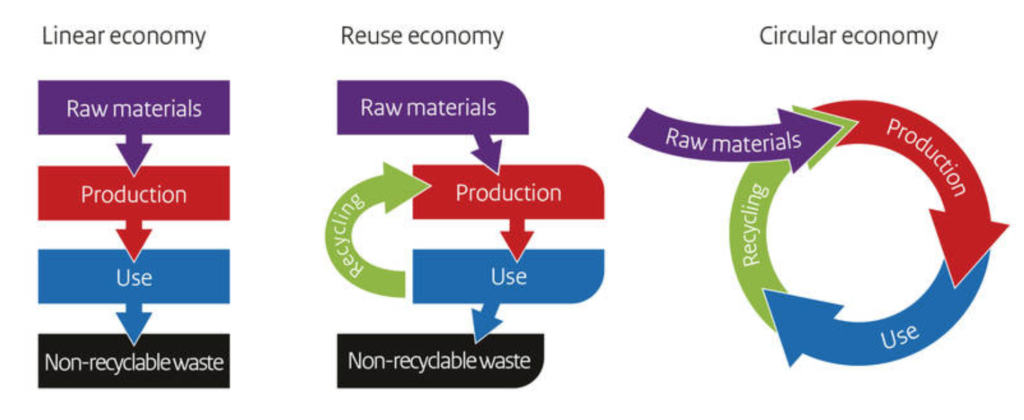
Drivers to shift to a Circular Economy?
At a high level, there are three fundamental drivers of the circular economy:
- Resource constraints – the current linear economy is wasteful and does not leave enough resources to all forever. This in turn results in policies and mandates by the governments across the world towards sustainability;
- Socio-economic opportunity – decoupling constrained resources from growth not only enables inclusive growth but also empowers customers to squeeze the most value out of products and assets;
- Technological development – technological development, notably digital innovations such as Smart Assets / Internet of Things, Cloud, Mobile, Big Data & Predictive Analytics, is making the circular economy increasingly viable and attractive, not only by bringing it to reality but also by improving the value proposition and driving business model changes.
A major problem of the linear economy is the deep coupling of growth and resources. And this constraint has detrimental effects on our planet and lives. The data below indicates the detrimental effect of the linear economy and that we are rapidly approaching a point where a linear model is no longer viable.
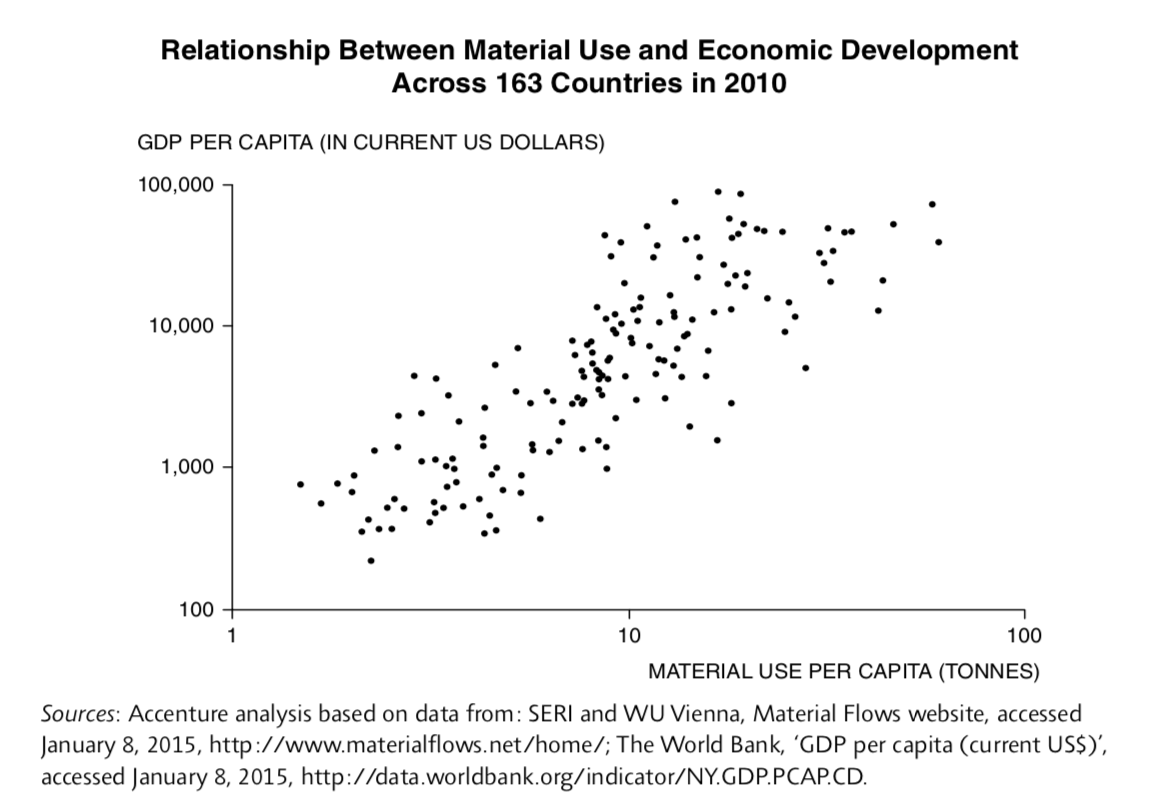
WWF’s Living Planet report 2016 says that the human actions for a greater economic acceleration are pushing life in our shared planet towards a sixth mass extinction and reports that the wildlife population shows a concerning decline, on average by 58% since 1970 and likely to reach 67% by the end of the decade[1]
What is the “Circular” advantage?
Before we look into the advantage, let’s look at the relationship between growth and resources in the context of Linear, Re-use and Circular economies.
•In a Linear economy, growth means more production by more extraction, consumption and wastage of constrained natural resources.
•In a Re-use economy, growth means more production by extraction and consumption, but increasing the product life and reducing the environmental wastage by recycling. However, it does destroy most of the invested labour in product design and development and also does not solve the basic problem of raw material/resource problem for production. That said, Re-use and recycling are in the right direction and move closer towards a sustainable/circular economy.
•In the Circular economy, growth decouples from the extraction and consumption of constrained & strained resources[2]. With natural resources in limited supply the aim is to address and eliminate the term “Waste” and transform it into “Wealth”.
In the circular economy, waste just doesn’t purely mean physical wastage, but needs to be looked at in its four distinct forms:
•Wasted resources: Materials and energy that cannot be continually regenerated, but instead are consumed and forever gone when used;
•Wasted lifecycles: Products that have artificially short working lives or disposed of even if there is still demand from other users;
•Wasted capability: Products that sit idle unnecessarily;
•Wasted embedded values: Components, materials and energy not recovered from disposed-of products and put back to use.
Looking at waste in these forms and business models leveraging the circular economy will gain an advantage (from growth and lower cost). These principles make the circular economy apply to businesses beyond manufacturing and even to software and consulting business like ours.
In the next post of this blog series, we will look at the synergies between the Circular economy and Asset Finance as an industry, some of the business models for growth in a circular economy and what potential opportunities it presents to the Asset Finance & Leasing industry. Follow us on LinkedIn and Twitter to stay tuned!
_____________________________________________________________________
[1] Media Advisory: WWF’s 2016 Living Planet Report. 2016. COMTEX News Network, Inc.
[2] Constrained – Natural resources which are in limited supply and in danger of extinction (such as fossil fuels, metals and minerals), Strained – Renewable resources which are at increased stress due to demand and wastage (such as water)
References
WRAP and the circular economy | WRAP UK-01-24T00:00:00Z, 2013-last update. Available: http://www.wrap.org.uk/about-us/about/wrap-and-circular-economy[Feb 26, 2018].
What is a Circular Economy? | Ellen MacArthur Foundation. Available: https://www.ellenmacarthurfoundation.org/circular-economy[Feb 13, 2018].
LACY, P. and RUTQVIST, J.,1982- author., 2015. Waste to wealth: the circular economy advantage. Basingstoke, Hampshire: Palgrave Macmillan.

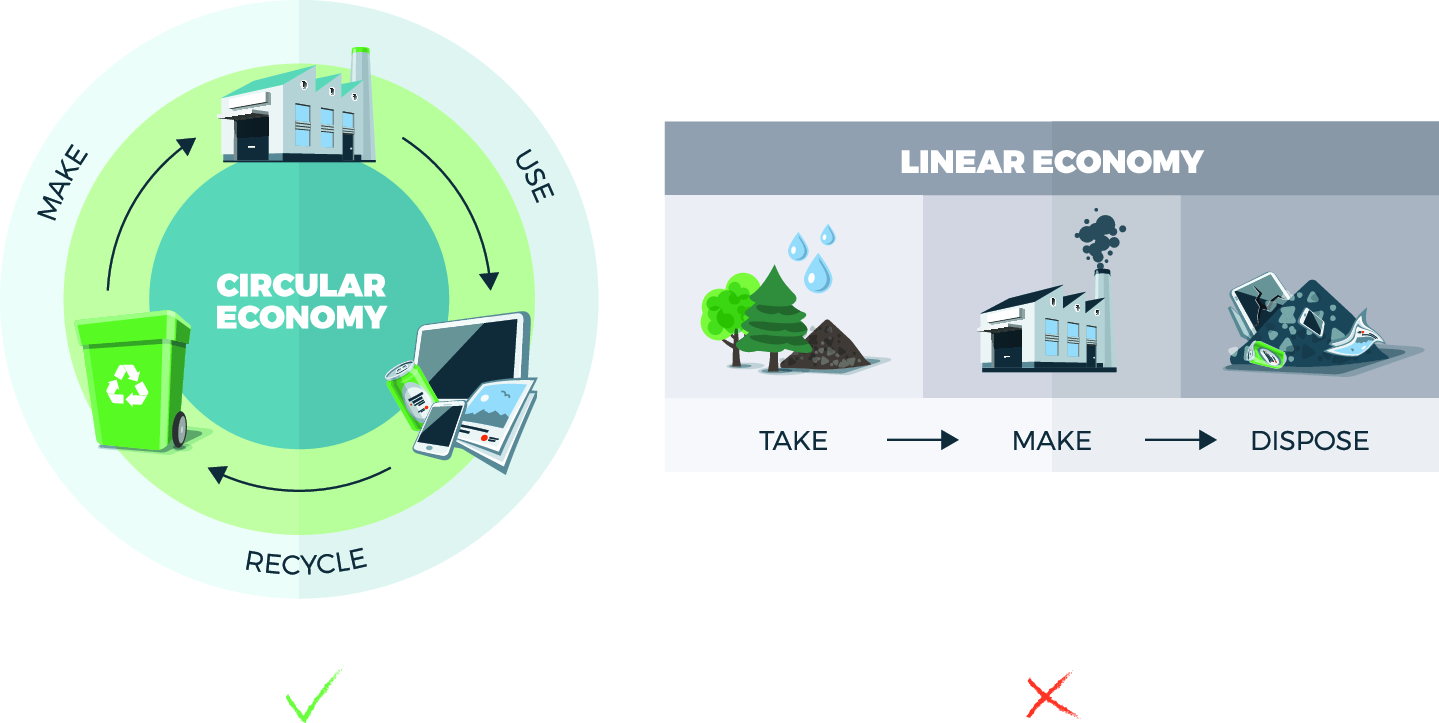
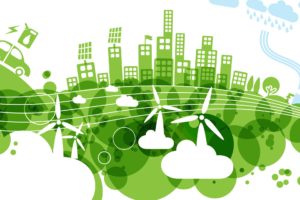
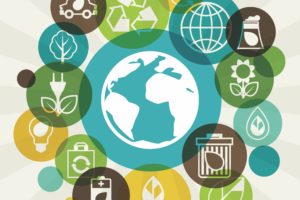


Great post Shas!